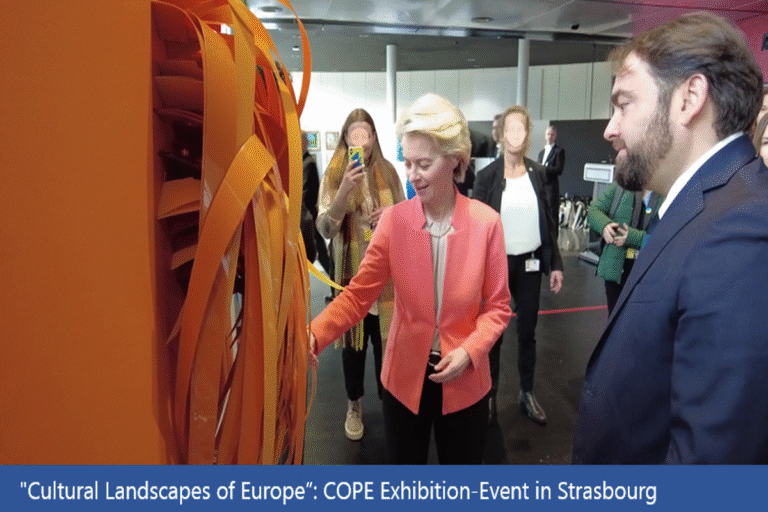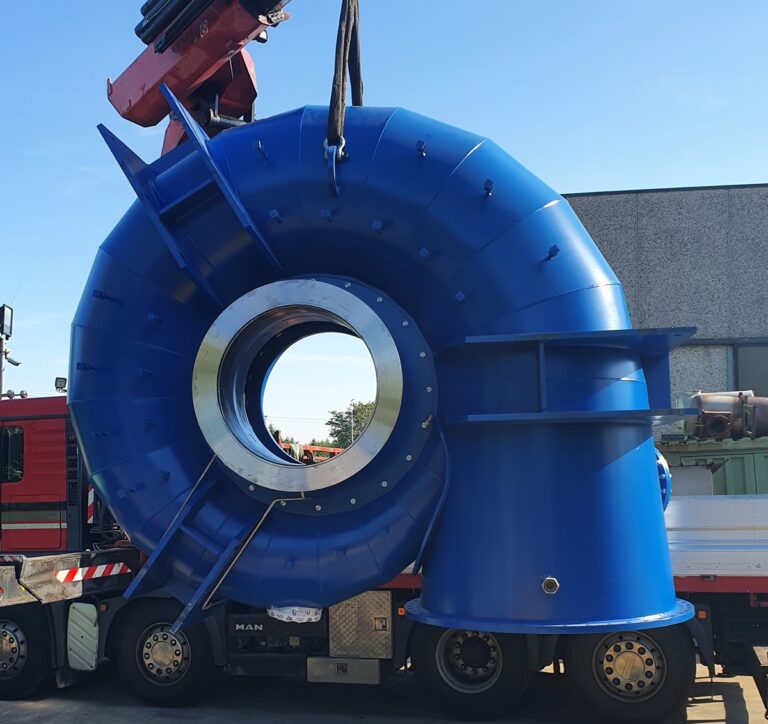Savvy travellers may have already heard of regenerative tourism. Every time we travel, wherever and however we travel, we leave a negative footprint, or carbon footprint, on the environment. Sustainable tourism aims to limit this footprint and allow environments to continue to thrive for future generations. Regenerative tourism, on the other hand, goes one step further.
Travellers can counteract the negative effects it might have on a particularly vulnerable destination. This is especially important now, as travel has become popular again in the post-pandemic period. Therefore, regenerative tourism could be the answer the world is looking for in terms of long-term sustainability and prevention of tourist overcrowding.
Table of Contents
What is regenerative tourism?
The concept of regenerative tourism is simple. Thus, leaving a place in a better condition than before. For example, it would be like visiting a garden and instead of leaving no trace, each person plants a tree or an air-purifying plant, to further contribute to the environment instead of leaving it in an unchanged state.
In a way, regenerative tourism involves travellers in taking sustainable actions instead of remaining neutral. Thus offering a better future to places that are victims of overtourism or tourist overcrowding.
Another good example of this type of tourism is to participate in a clean-up operation. This action is particularly popular on beaches, which are increasingly resembling unfortunate dumping grounds, and in parks, where unfortunately there is always rubbish to collect and rubbish to contain.
Read also: What is “plogging”: the Swedish trend of picking up trash while jogging
Tourist overcrowding or overtourism
Tourist overcrowding, on the contrary, refers to an excess of flows that exceeds the accommodation capacity and environmental protection, causing congestion and numerous inconveniences for local inhabitants and ecosystems. The negative impacts of this phenomenon are becoming increasingly evident and reduce the economic benefits usually generated by tourism.
Images of crowds of people massed in front of monuments, buildings, works of art or beaches are now common in some of the world’s most fascinating locations. Low-cost airlines, social media and the availability of affordable accommodation have made low-cost travel more accessible.
Thus, exposing even the most remote destinations on the planet to mass tourism, with negative consequences for the environment and the local community.
How to contribute to regenerative tourism
Fortunately, there are many ways to contribute to regenerative tourism. Although still a relatively new concept, it is rapidly gaining ground and proving beneficial to areas that really need it.
However, choosing accommodation focused on regenerative tourism is only one of the ways to participate in this new travel concept.
Another way to get involved is to participate directly in regenerative actions by taking part in an excursion or trip that allows travellers to get their hands dirty and do their part.
The effects of regenerative tourism on the environment
‘Regenerate’ means to renew and revive, and this is exactly what many travellers engage in when they travel, thus helping environments recover from fires, mass tourism, floods and more.
Depending on the place you plan to visit, there may be more ways to help than you think. Some tips for regenerative travel include:
- research the destination of interest to see if there are regenerative tourism programmes to participate in;
- plan a destination based on a regenerative tourism trip;
- learning how to be involved in the socio-economic culture rather than just being an observer;
- invest money in the community through local ecological accommodation or excursions;
- visit local farms and take part in farm work during the trip;
- research activities to ensure they do not impact the environment or find activities that actively help the ecosystem.
Read also: Sustainable tourism or ecotourism? They are not the same thing: here is the difference












